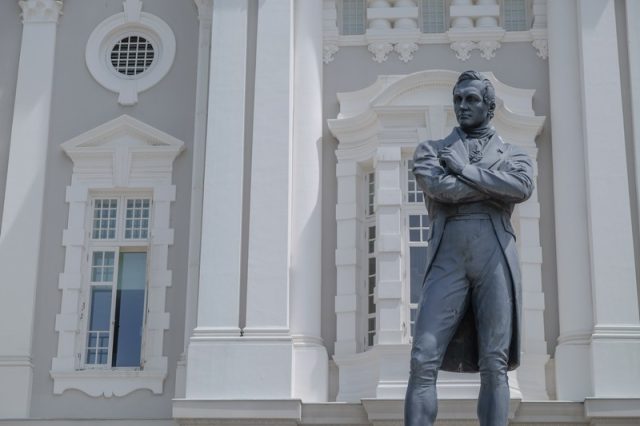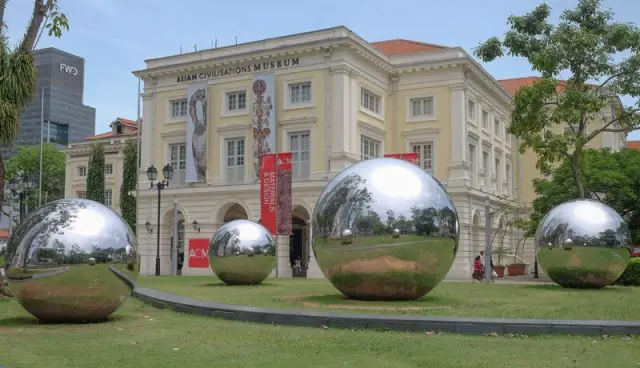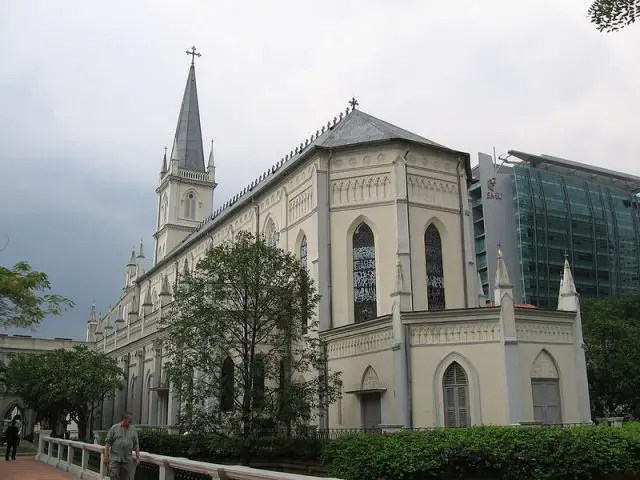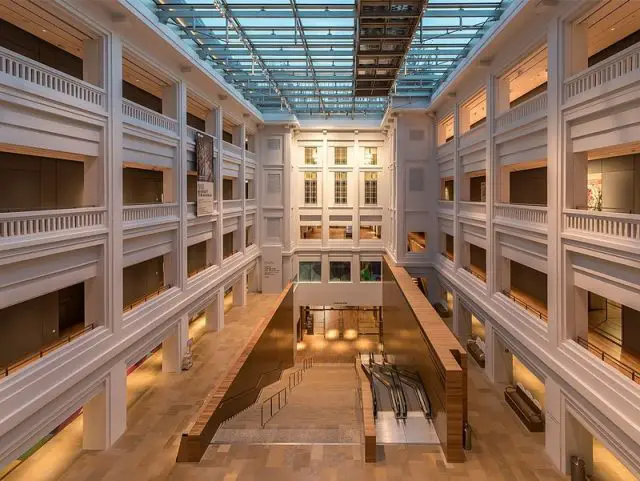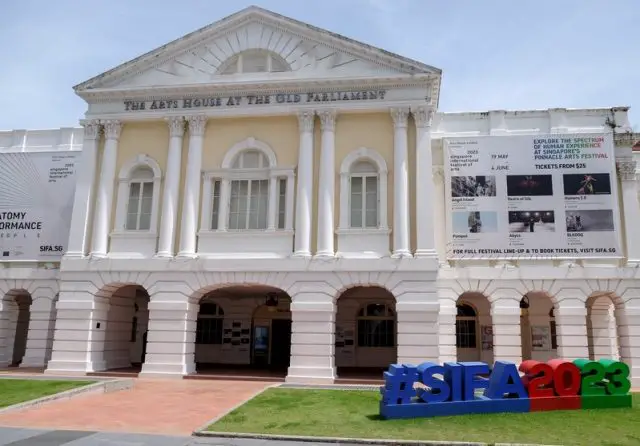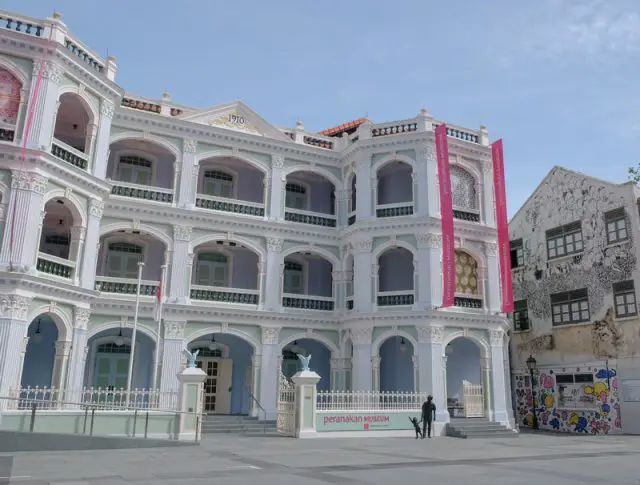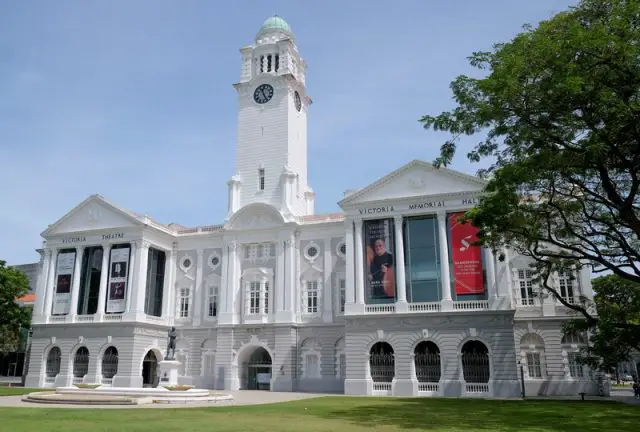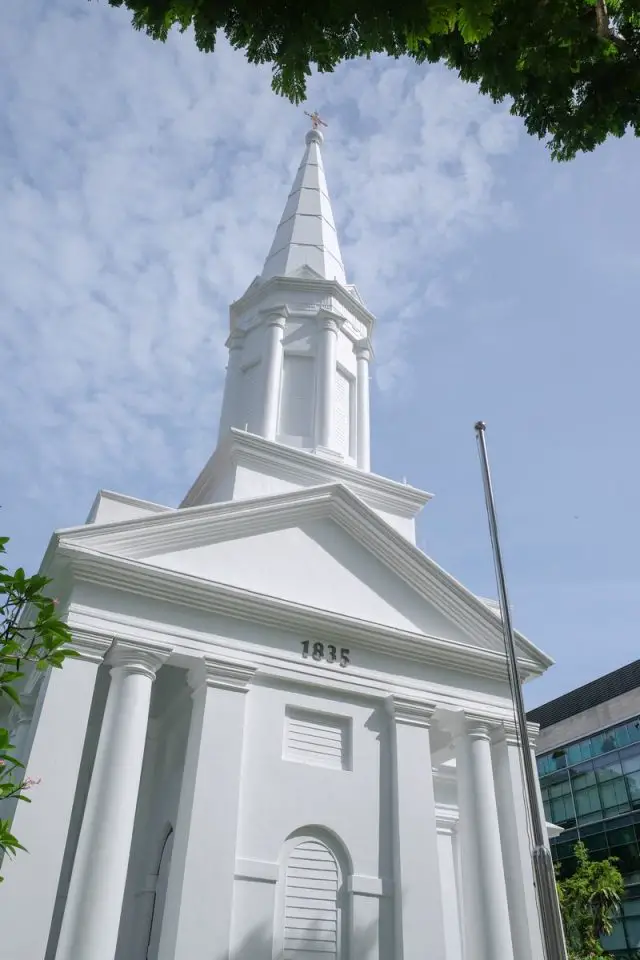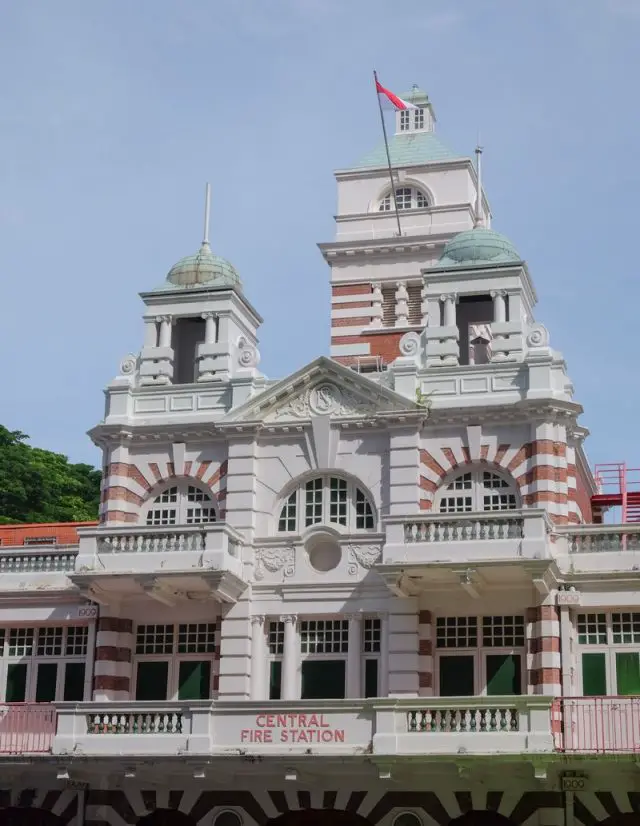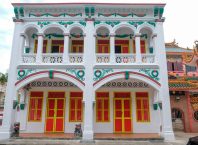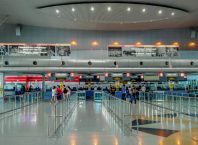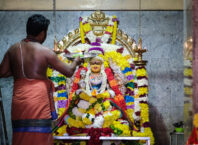Of all of Asia’s cities, Singapore is possibly the one that changed faster. Futuristic high rises sit next to old shophouses that have been so refurbished and beautified they hardly look like they may be century old.
But if you are looking for Singapore’s most historical sights rather than its hip districts such as food heaven Joo Chiat, then you should start taking a walk in Singapore’s Civic District. Hemmed by the greenery of the Esplanade and skirting the northern side of the Singapore River, the Civic District (also known as Singapore Colonial District) is a very different beast from the adjacent Clark and Boat Quay, where modern bars and bistros attract patrons until the wee hours of the night.
“Opulent”, “historical”, “colonial”, and “striking” are all adjectives that marry well with this very walkable collection of architecture spanning from the humble beginnings of Singapore.
READ MORE One Day Itinerary in Singapore
Started by Singapore’s founder Sir Stamford Raffles (whose statue overlooks the bend of the river he first set foot on when he “discovered” Singapore), the Civic District is a well-planned area of large avenues and gardens dotted by neo-classical, grand buildings and churches. Here’s a list of the most significant you shouldn’t miss on your next visit to Singapore.
READ MORE How to Cross the Malaysia Singapore border
Best Things to See in Singapore’s Colonial District
1Asian Civilisations Museum
The Asian Civilisations Museum was constructed in the 1860s as a courthouse and has housed nearly every government body, including the Registry of Births and Deaths and the Immigration Department. It now collects Singapore’s comprehensive exhibit on Asia’s different regions, with three levels and 11 galleries with state-of-the-art interactive features. Right outside, the five transparent sphere-like structures add a touch of futuristic modernity to the neoclassical rigour of this white building.
2Chijmes
Pronounced “chimes”, this central building received a S$100 million renovation in 1996 to reopen as a shopping and entertainment complex — one of the trendiest in the Civic District. But its history harks much further back: the oldest building in this walled complex is the Caldwell House, a private mansion built in 1840. In 1852, this and other buildings became the Convent of the Holy Infant Jesus, where nuns housed and schooled abandoned children. A church was added between 1901 and 1903.
3National Gallery Singapore
Possibly Southeast Asia’s most striking visual art museum, Singapore’s National Gallery is born from the restoration and integration of the former City Hall and Supreme Court. Today, the gallery offers the world’s largest public display of modern art from the region and boasts many acclaimed restaurants.
4 The Arts House
This multidisciplinary venue offering film retrospectives, photo exhibitions, musicals, plays, and talks by experts is considered Singapore’s oldest government building. Originally designed as a mansion for the wealthy British colonial merchant John Maxwell, the government leased it instead and eventually bought it in 1841. It’s been used to house the Supreme Court until 1939, the Legislative Assembly in 1953, and became the seat of the Parliament in 1965. The bronze elephant statue on a plinth in front of the building was a gift from King Chulalongkorn of Siam during his state visit in 1871.
5Peranakan Museum
Reopened in 2022 after many years of painstaking renovations, the formerly Tao Nan School from 1910 is a grand colonial building housing one of Southeast Asia’s most important exhibits dedicated to the story of the Peranakans, or Baba Nonya. They were the descendants of 17th-century Chinese and Indian immigrants who came to Malaya and married local Malays, creating a unique, blended culture. The 10 galleries here display their beloved and opulent jewellery, finely carved furniture, and clothing.
6St. Andrew’s Cathedral
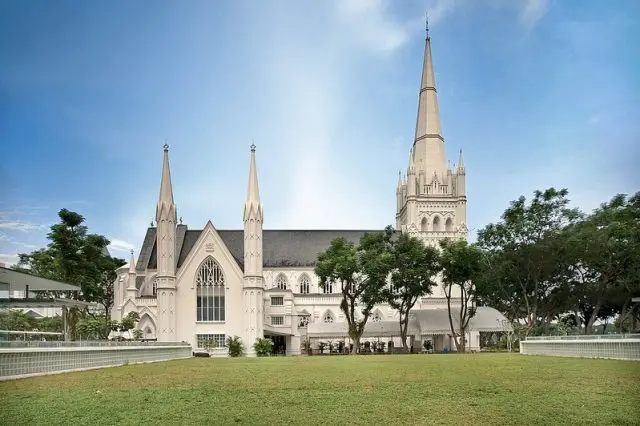
The British used Indian convicts to build this English Gothic-style cathedral on the site of a former church. Completed in 1861, it has bells cast by the same firm that made London Big Ben’s, and it somehow resembles the Netley Abbey in Hampshire, England. It was expanded in 1952 and again in 1983. On the walls are marble-and-brass memorial plaques, including one commemorating the British who died in a 1915 mutiny of native light infantry and another in memory of 41 Australian army nurses killed in the Japanese invasion.
7Victoria Theatre & Concert Hall
First established in 1862, the Victoria Theatre & Concert Hall comprises two iconic buildings, and a tall clock tower joined by a common corridor. Completed in 1909, it was renovated and returned to its neo-classical 1905 structure between 2010 and 2014, earning two smaller rooms for music, dance and theatre rehearsals.
Today the Victoria Theatre is managed by the not-for-profit organisation Arts House Limited and gives a home to the Singapore Symphony Orchestra.
8Armenian Church
Also known as the Church of St. Gregory the Illuminator, this tiny, strikingly white church from 1835 is Singapore’s oldest surviving church. The Armenians were among the many minority ethnic groups who came to Malaya and Singapore for better fortunes. The church’s main circular structure rises on a square plan with four projecting porticoes, and in the yard is the weathered tombstone of Agnes Joaquim, who bred the orchid hybrid that has become Singapore’s national flower.
9Civil Defence Heritage Museum
Housed in the stunning red-and-white brick building of the Central Fire Station built in 1908, this free museum is an interesting peek at Singapore’s firefighting capabilities over the years. Besides a collection of artefacts and miniatures of Singapore’s different fire stations from the 1980s, the museum’s main attraction is two vintage fire engines – one horse-powered and one steam-powered – that were manually operated with pulley systems. A reenactment of the 1961 Bukit Ho Swee fire, with mockup firefighters working hard to put out the flames, is a grim reminder of Singapore’s biggest fire outbreak that displaced around 16,000 people.
YOU MAY ALSO LIKE
Things to Know Before Visiting Singapore
Best Time to Visit Singapore
How to Cross Malaysia and Singapore Border


